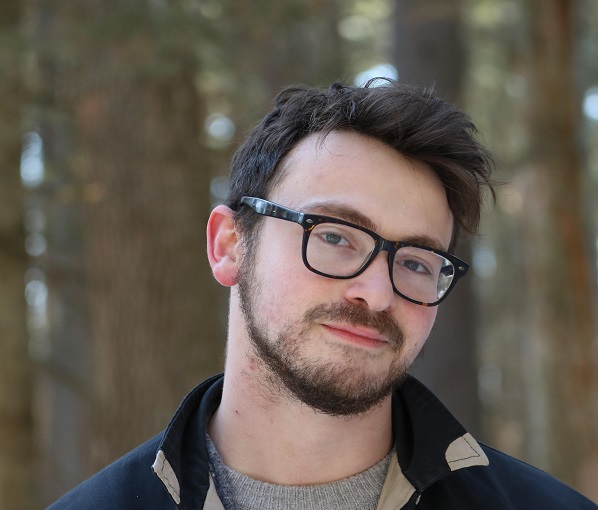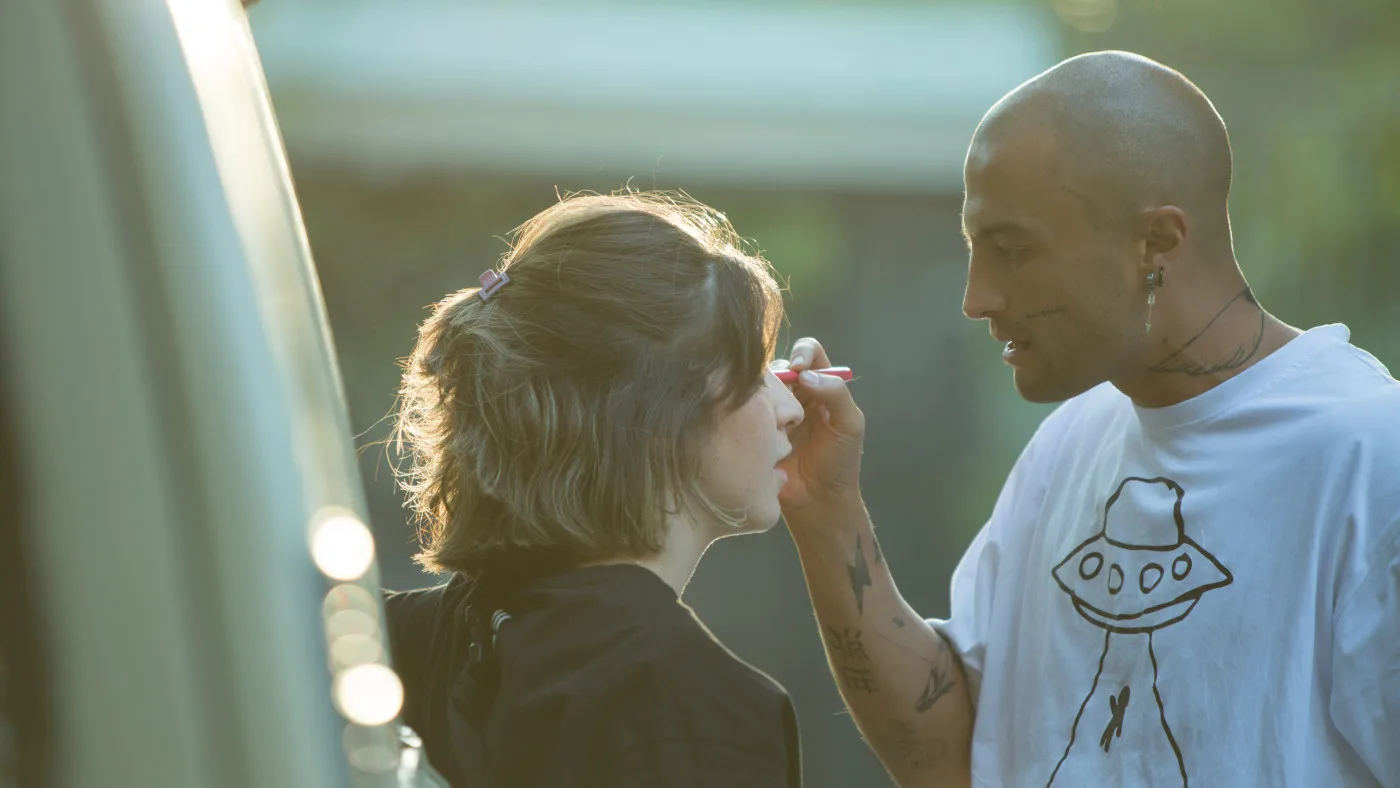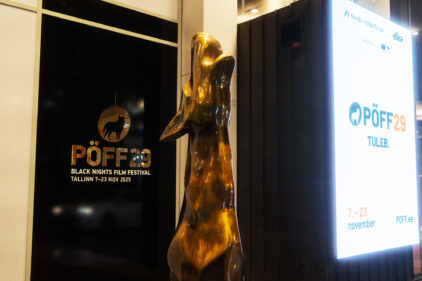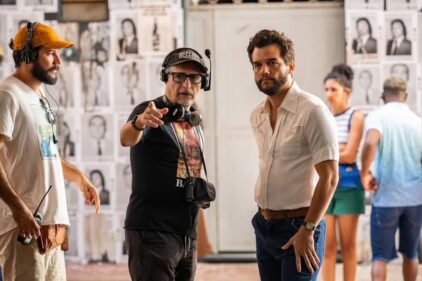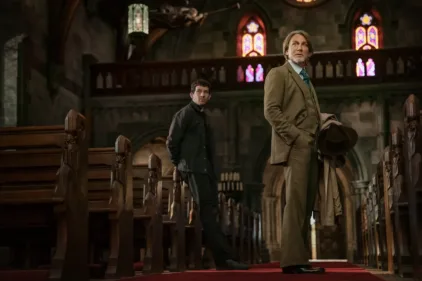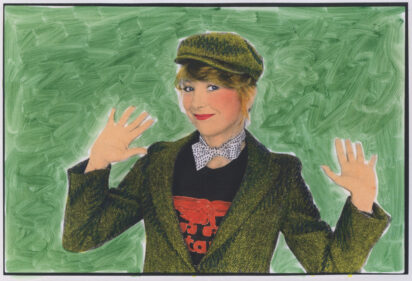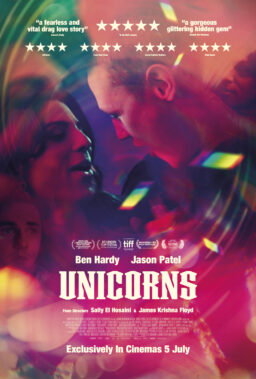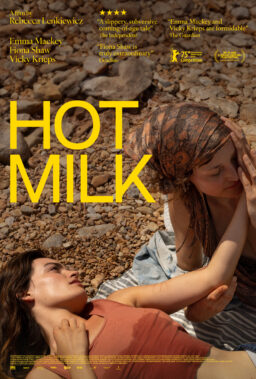Of the films competing for the Crystal Globe at the 59th Karlovy Vary International Film Festival, only one—Soheil Beiraghi’s “Bidad,” the title of which translates to “Outcry”—was kept secret until shortly before the start of the festival.
That’s because Beiraghi’s independently produced fourth feature, about an aspiring singer who defies a government ban prohibiting women from performing in public, would never have been passed by Iran’s repressive censors. Once “Bidad” was selected for the competition, festival organizers and the filmmaker agreed to withhold its official announcement until Beiraghi and members of his crew had safely left Iran to attend its world premiere on Wednesday night.
In Karlovy Vary, the “Bidad” team received a hero’s welcome; hosted in the Grand Hall, a large theater that serves as the festival’s central stage, the film’s premiere was a moving mid-festival highlight, which Beiraghi presented with the film’s makeup artist, Roxana Nikpour.
Set in central Tehran, “Bidad” follows Seti (Sarvin Zabetian, previously best known for appearing in Ali Asgari and Alireza Khatami’s “Terrestrial Verses”), a young woman who dreams of singing on the streets and sharing her voice with others. But women’s rights in Iran have been restricted since the establishment of the Islamic Republic in 1979. Not only forced to veil but also forbidden from singing and dancing on their own in public, younger generations of Iranian women and girls have fought back against such restrictions and bans. Seti belongs to the Generation Z that’s increasingly taken to the streets in protest of gender-based discrimination and oppression.
While Seti’s chosen form of resistance is to sing, she is a product of her generation in other ways, denouncing compulsory hijab laws and wearing her headscarf as little as possible. After one of her performances goes viral, she becomes a symbol of strength for Tehran’s youth and is welcomed into its counterculture, where secret punk concerts are held in illegal venues and the risk of government raids is constant. But even as her singing finds an appreciative audience, it attracts the attention of government censors, whose efforts to silence her grow to encompass arrests and jail sentences.
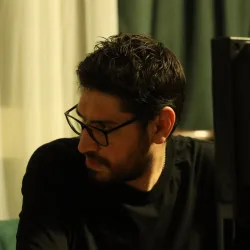
Beiraghi wrote, directed, produced, and co-edited “Bidad,” also handling art direction, set design, and costumes. With a courageous heroine at its center, his film acknowledges the real-life context of the Women, Life, Freedom movement—inflamed after 22-year-old Mahsa Amini died in 2022 in the custody of morality police, who’d arrested her for not wearing a hijab—while crafting a potent call to action that will resonate widely. Even beyond Iranian society, the film is a full-throated expression of defiance, courage, and solidarity with all those opposing rising tides of fascism worldwide.
Despite filming “Bidad” in secret, Beiraghi was investigated by authorities during its production, according to festival organizers; an electrifying current of feeling courses through his film, not only in Seti’s unbroken, unbowed spirit but also in the film’s slow-boiling atmosphere and its subversive exploration of an Iranian underground where songs of resistance are amplified by a receptive, irrepressible youth movement.
Already, reports have emerged that Iranian authorities announced suspended prison sentences and fines for Beiraghi, Zabetian, and fellow actress Leili Rashidi. However, the filmmaker stands by “Bidad” and believes that these restrictions will not prevent the film from finding its audience, both within and outside Iran, nor will they prevent other filmmakers from exercising their own freedom of self-expression.
The day following the emotional world premiere of “Bidad”, Beiraghi and his translator sat for an interview at Karlovy Vary’s Hotel Thermal, about the courage and conviction needed to make his latest feature.
This interview was conducted with the assistance of a translator.
“Bidad” depicts a younger generation in Iranian society, as well as their underground counterculture. The character of Seti belongs to the youth of Generation Z, which has grown up more informed by and connected to the rest of the world than any previous generation. What was important to you in showing this side of Iranian society?
What’s important is that they are a different generation. They’re not engaged with ideologies. They’re engaged with life. That’s what makes them different. And that was important to show. It’s very important that they’re so connected, [through modern technology.] The new generation is now growing up with global standards, and they grow up alongside people from the entire world, from other continents.
This engagement used to be very different. It used to be something that had to be transferred generation by generation, and it took much longer. In Farsi, we have an expression: “chest to chest.” This means “it takes a lot of time,” but now it’s very fast. They can get connected to the Internet, and they grow up with that around them.
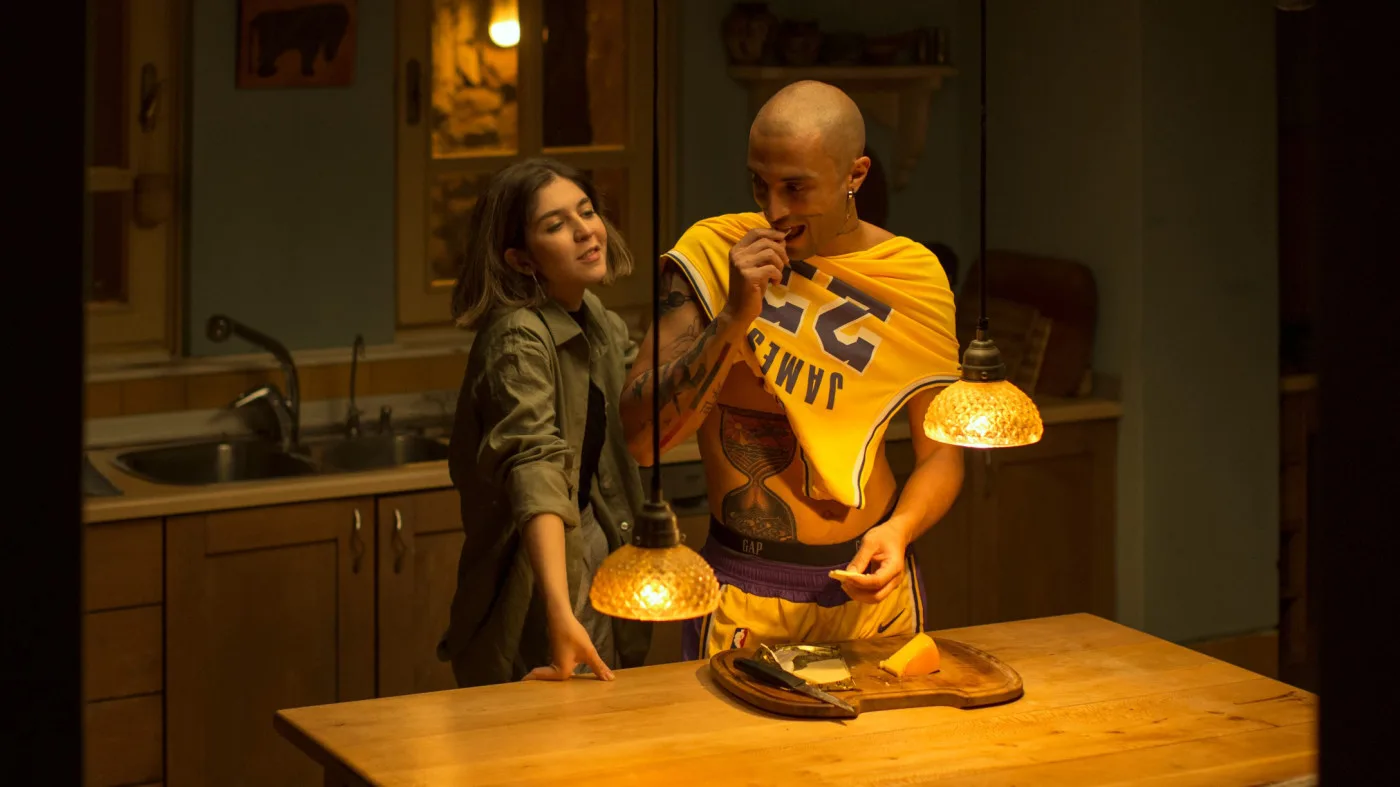
Writing, shooting, and editing “Bidad” independently in Iran must have presented many challenges. What can you say about the experience of getting this film made?
To start, I had to be very smart about it, and I had to perform a lot of tricks to always stay one step ahead. I was fortunate in staying ahead of what might have happened, so I could often predict the difficulties before we encountered them. With all kinds of tricks, I was able to bypass the difficulties that you might think of when shooting a film like this in Iran, to create a film that was the antithesis of what was happening there.
In creating a film like this, you have to consider two different sides. One is an artistic approach, which is obvious, but another one is that you have to be a trickster, a politician of sorts, and you have to think about different aspects of what is going on around you to perform tricks. I was able to do things I didn’t know if I could do.
In creating a film like this, you have to achieve a certain look and feel, which is first in the script, and that’s connected to the social aspect of the film, but then the other aspect of getting the film made is that it felt like I was in a real-life thriller—almost a chase I was engaged in, in my mind. That’s also the nature of making a film like this.
The main action takes place on Enghelab Street in Tehran, which is one of the most surveilled streets in the entire country. Most of the uprisings that have happened in Iran, by the university students, started there. When those elite people in the higher classes of society in Iran wanted to have an uprising, everything started there. In the history of this street, blood cannot be erased.
Eight years ago, Vida Movahed was a young woman who got up on a utility box on Enghelab Street, removed her headscarf, tied it to the end of a stick, and stood there for hours. At the time, nobody dared to take off their hijabs. She was seen and arrested, and things got ugly.
I shot scenes for “Bidad” next to that utility box. Since her actions, the government has installed metal triangular rooftops to prevent other people from standing on the box. When I saw that, I thought to myself, “This is not the way.” They might make it physically impossible for us to stand there the same way, but they can’t control our minds, they can’t control our thoughts, and they can’t stop us in this way.
Similarly, the mayor of Tehran places these concrete “New Jersey” blocks around when they want to block off areas in the city, and so it was important to show those in the film. They might make certain actions physically impossible, but they cannot control our minds.
Tell me about making “Bidad” with your crew. How many people worked on the film?
Around 70 people worked on “Bidad,” though a lot of the people who were in the crew asked for their names to be deleted from the credits, because they didn’t want to risk their professional life, as they still live and work in Tehran. Still, a lot of them also stood by their work, and other names still appear in the credits. Of course, I was working on this film in six or seven different capacities as well: production, editing, set design, costume design… and a bit of PR too.
Some of the most striking scenes in “Bidad,” featuring lead actress Sarvin Zabetiyan, find her singing live even as Seti also locates these small moments for herself—away from the social pressures and constant surveillance of Tehran—to express herself.
This younger generation—of Generation Z—has needed nothing else but a safe space, a corner where we can unwind. [Editor’s note: At this point, the translator—who belongs to Generation Z—speaks in first-person plural, referring to herself as well as others in her age group.] This is all we have asked for.
When the regime does not give us that, we do have to create those moments for ourselves. As a generation, Generation Z must find those small and still moments. From those moments can emerge uprisings; in those moments, we can truly blossom, and this is what provides the path for far bigger things to happen, which can cause lots of problems for the government.
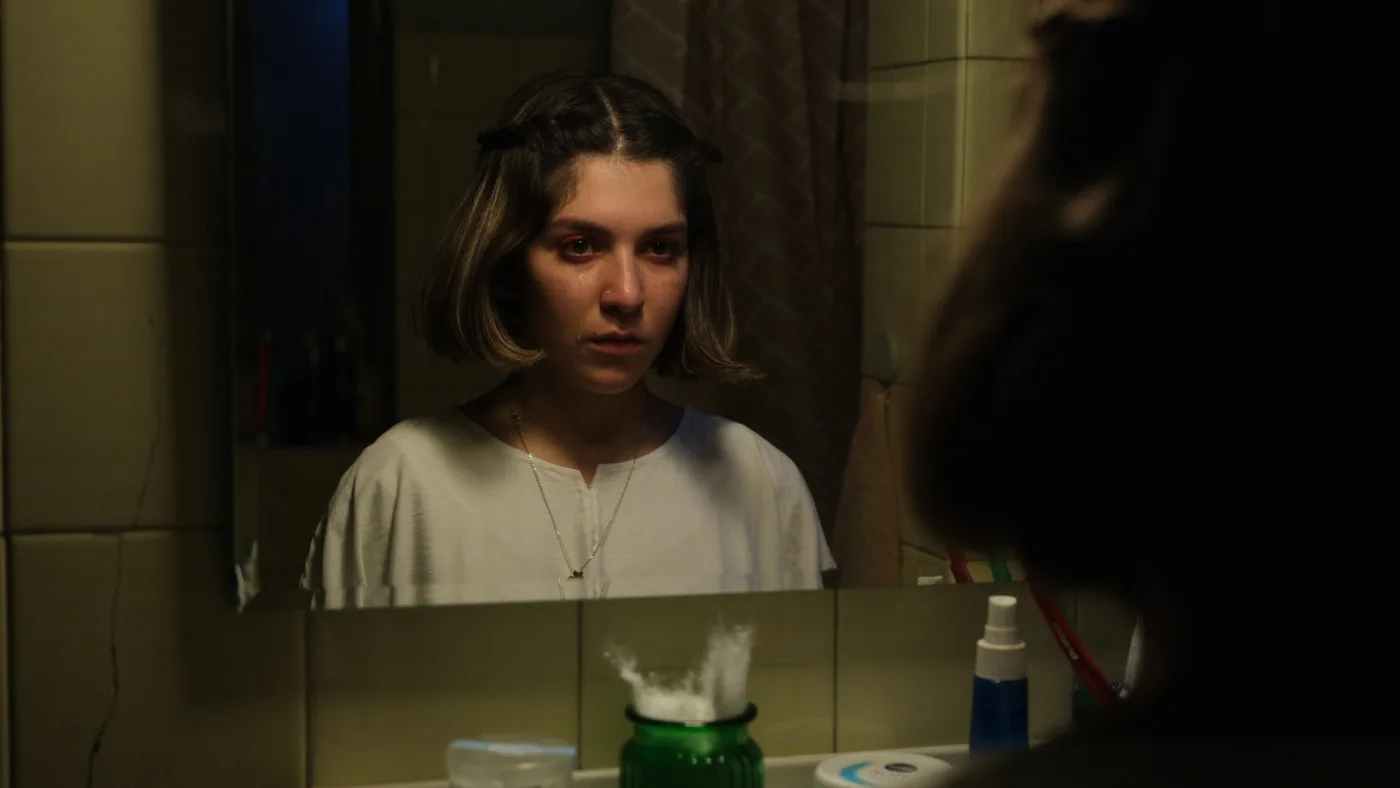
To that end, “Bidad” features a wealth of musical styles. Seti is inspired by the jazz music of Amy Winehouse, but she finds herself in a subculture of punks, and pop music plays a central role, especially Tom Odell’s “Another Love.” How was the music selected, and did any particular song inspire this film?
There is no song in particular that inspired me to make “Bidad,” but the important aspect is that the collection of songs used in the film is very diverse. We have folk songs, we have traditional Kurdish songs—or Gilan songs, which are originally from the north of Iran. They all have different dialects. Everything is so different, all over the place.
And then we have pop songs. We have Amy Winehouse songs, which are jazz, and a lot of different songs in other styles. So there was a challenge putting all those things together and finding a place for each piece in the film. But all of those songs show that Seti is not sticking to one sound or kind of self-expression; each song shows her mood at the moment. It’s an emotion that comes out of her, that comes to the surface. Altogether, this collection of songs represents something about the character of Seti, about her mood and her identity.
Bringing “Bidad” to Karlovy Vary, as has been discussed, was a complicated journey, but screening the film last night in the Grand Hall of Hotel Thermal must have been quite a cathartic experience, seeing international audiences respond in the way they have. What can you say about screening the film in that setting?
The past two years have been really hard on me, making “Bidad.” Bringing this film to Karlovy Vary has been an amazing experience, since this festival truly cared from the beginning about the artistic aspects of the film.
Even though there was a lot happening in the media, regarding the prison sentences and everything else that has happened as a result of making the film, it’s been amazing to see that there is still a stage for a film like this, in a festival like this. At Karlovy Vary, they don’t care about what’s happening in the media; they care about artistic integrity. It’s been pleasant to have that experience, to go through this and be appreciated for my artistic achievement, too.
